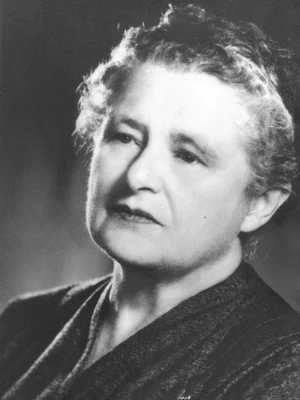Combing through my mother’s family documents, I discovered not only copies of the hand-drawn family trees (Pawłowicz, Jełowicki and Orla-Salmonowicz) which my uncle, Leszek Pawłowicz, completed in 1988 (dated and signed) but also two narratives in Polish about the Pawłowicz family, who lived in Lithuania in the 19th century. (undated and unsigned)
The Pawłowicz Family Tree
The Pawłowicz family tree stretches back to 1641, but as many of the old family documents were burnt during the Warsaw Uprising in 1944, there is not much information left. I have taken the surviving names and dates, together with an update of the most recent generation and emailed the information to Mr Marek Minakowski in Poland, who studies genealogy and maintains an extensive GEDCOM database of Polish families called the “Genealogia Potomków Sejmu Wielkiego” (Genealogy of the descendants of the Great Sejm).
The Pawłowicz surname is very common in Poland, and Mr Minakowski’s database already includes 49 names to this date. Although many of them belong to our family, others do not. Our family sports the “Przyjaciel” (Friend) coat of arms and its “przydomek” (cognomen?) is Łukiański.
You can find the hand-drawn family trees in pdf here:
Lukiański-Pawłowicz family tree (pdf)
Jełowicki family tree (pdf)
Orla-Salmonowicz family tree (pdf)
Narratives
Both narratives are in Polish and were typewritten by Dr. Vanda Daugirdaitė-Sruogienė, a renowned Lithuanian historian, who was Bohdan Pawłowicz’s cousin and Balys Sruoga’s wife. I believe she must have sent these documents to her cousin, Bohdan or her nephew, Leszek Pawłowicz, probably after the 1960’s, when they were all already well-established in the US.
“What I remember about the Pawłowicz” is a four-page typewritten document in Polish (pdf). It consists of Dr. Daugirdaitė-Sruogienė’s personal and informal recap of her childhood memories of the Pawłowicz family.
“The Pawłowicz Powyrwicie” is a seven page narrative composed of fragments taken from Mykolas Biržiška’s memoirs in Lithuanian.
Dr Daugirdaitė-Sruogienė took the passages from the book that referred to the Pawłowicz family and translated them into Polish, inserting some corrections (date unknown). This Polish translation, in turn, has 3 pages of comments and corrections at the end by Edward Pawłowicz (1881-1961), the youngest son of Edward Pawłowicz and Maria Szaniawska and Bohdan Pawłowicz’s uncle.
I have read, scanned and converted into pdf the narratives above and translated them from Polish into English.
What I remember about the Pawłowicz
The Pawłowicz Powyrwicie
Comment on Translations into English
While translating both documents, I have kept the Polish names but added the Lithuanian equivalents in brackets. I have also linked these Lithuanian proper names to the English Wikipedia whenever possible so as to extend the meaning and provide a fuller picture for those interested in the subject. I have collated the annotations into a single set of footnotes, which refer directly to the text. Dr Sruoga’s corrections to Mykolas Biržiška’s book appear inline in the original translation. Edward Pawłowicz’s (son) comments on some of the paragraphs from the translated version are added to the end in the original translation. I have also included my own links and comments in the footnotes. To differentiate them, I have added the initials of each person at the end of every note. V.S. stands for Dr Vanda Sruoga, E.P. for Edward Pawłowicz and B.D. for Barbara Dieu.
The Pavyrvite Estate and Manor
While working on these translations and looking for the original names, I discovered a number of documents and photographs from Lithuanian sites relating to the narratives. Many use Biržiška’s memoirs as a source, adding one detail or another. There are also a lot of photographs of the Pavirvytės (Powyrwicie) estate and manor (517 hectares), which were bought in the 1840’s by Józef Bernard Pawłowicz and belonged to the Pawłowicz family until 1910.
Józef Pawłowicz, who inherited the estate after his father Edward’s death, had studied pomology in Germany and was the president of the Šiauliai Society of Russian Imperial Gardeners. The manor buildings were surrounded by a shady park which he had helped develop and around 1900, he planted a 10-hectare orchard on the estate. The park descended in terraces into the Virvytė valley. The stairs and alleys were lined with trimmed jasmine and lilac bushes.
More recently, it was bought by a Lithuanian entrepreneur, Antanas Naujokas, the head of the NGO Cultural Heritage Academy and partner of the Sigdal Museum from the Kingdom of Norway. The house was completely renovated and brought back to its ancient XIX century glory according to documents of the property. Thanks to the efforts of the energetic new owner and the joint funding mechanism of the Republic of Lithuania and the European Economic Area, under the program of Preservation and Revitalization of Cultural and Natural Heritage, Pavirvytės Dvaras is presently one of the best-restored wooden manors in Lithuania.

